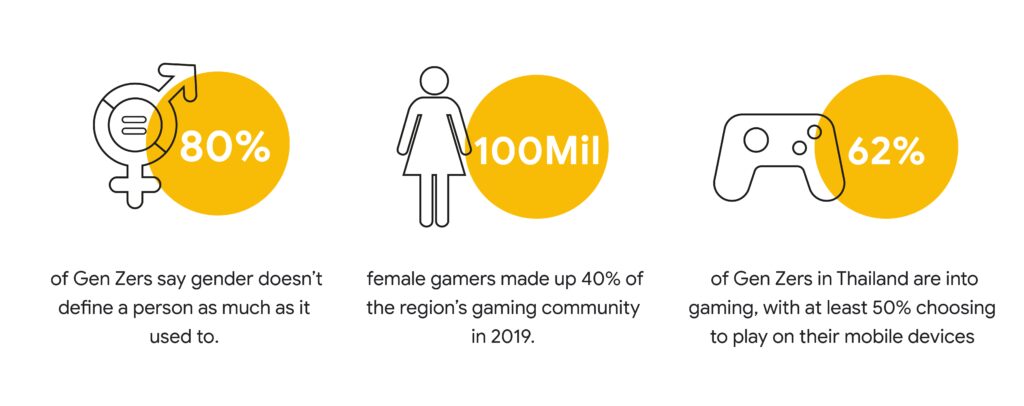Despite the increasing popularity of esports, women remain underrepresented in the industry. Only 22% of gamers identify as female, and even fewer are professional players. The article explores the challenges faced by female gamers and provides ways to overcome them, including combating stereotypes and harassment by increasing representation, providing safe spaces, and enforcing stricter codes of conduct. It also suggests lobbying for better sponsorship and pay practices, and creating more opportunities for training and development for women. The ultimate goal is to achieve a more diverse and inclusive gaming industry for all gamers.
The Gender Divide in Esports: Challenges Faced by Female Gamers and How to Overcome Them
Introduction
Despite the growing popularity of esports, women remain vastly underrepresented in the industry. According to the Women in Gaming Initiative, only 22% of gamers identify as female, and even fewer are competing professionally. This article will explore the challenges faced by female gamers and provide concrete ways to overcome them.
Stereotyping and Harassment
One of the biggest obstacles for females in esports is the pervasive stereotype that gaming is a male-dominated hobby. This stereotype is perpetuated by media representation and reinforced by the lack of female role models in the industry. When female gamers do participate, they often face harassment in the form of sexist language, objectification, and even stalking.
Combatting Stereotyping
To combat the stereotype that gaming is for men, representation is key. The more visible women are in esports, the more opportunities there will be for female gamers to be perceived as legitimate competitors. Game developers can also help by including more female characters in their games and offering diverse customization options. On the other hand, industry events can do more to provide a welcoming and inclusive environment for female attendees, including providing safe spaces and more representation in keynote speeches and panels.
Combatting Harassment
Combatting harassment requires a multi-faceted approach. Companies and organizers need to take a stronger stance against inappropriate behavior and enforce stricter codes of conduct. Communities can also play a role in combating harassment by actively policing their forums and banishing toxic members. Finally, women must be supported to report incidents and be offered clear and verifiable paths for follow-up and remediation.
Pay and Sponsorship Disparities
Not only are female esports players outnumbered, but they also earn less than their male counterparts. According to a report by e-Sports Earnings, the top 20 highest-earning esports players are all male. This disparity is due, in part, to sponsorship biases that favor men.
Lobbying for Better Pay and Sponsorship
To close the pay and sponsorship gap, female gamers need to continue to push for better representation in the industry, which will allow them to promote their talents and attract potential sponsors. Building a following on social media can also help female gamers prove their worth to potential sponsors. Additionally, industry leaders and sponsors can be lobbied to implement more equal and fair sponsorship policies.
Lack of Training and Access
Another roadblock for women in esports is the unequal training opportunities provided. With many esports training programs geared towards men, women are often left to develop their skills on their own, which can hinder their ability to compete at the highest level.
More Opportunities for Female Training and Development
Creating organizations that provide female gamers the opportunity to work in groups is vital to be able to train more effectively. As a result, female players should be offered more opportunities for training and coaching, scholarships, and access to sponsorships. Platforms where women can connect with like-minded players and discuss training programs, and tips must also be created. Organizations that host tournaments and leagues should have entry requirements that accommodate all genders while promoting fair competition.
Conclusion
Addressing the gender divide in esports won’t happen overnight, but by focusing on combating stereotyping and harassment, lobbying for better sponsorship and pay practices, and increasing access to training and development, we can make great strides in closing the gender gap in esports. Working together, we can build a more diverse and inclusive gaming industry and create a more equitable world for all gamers.
